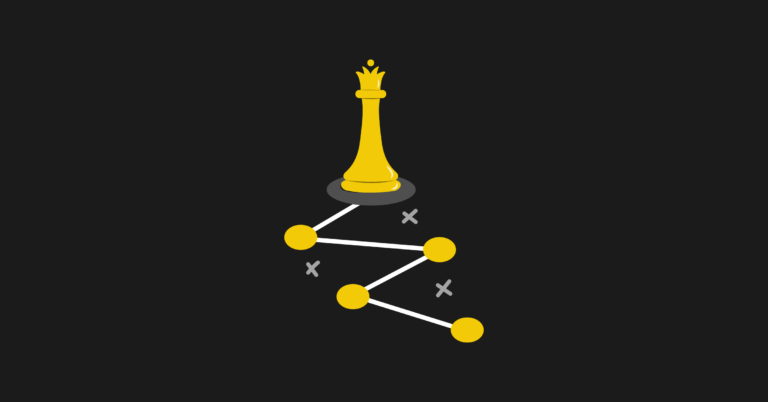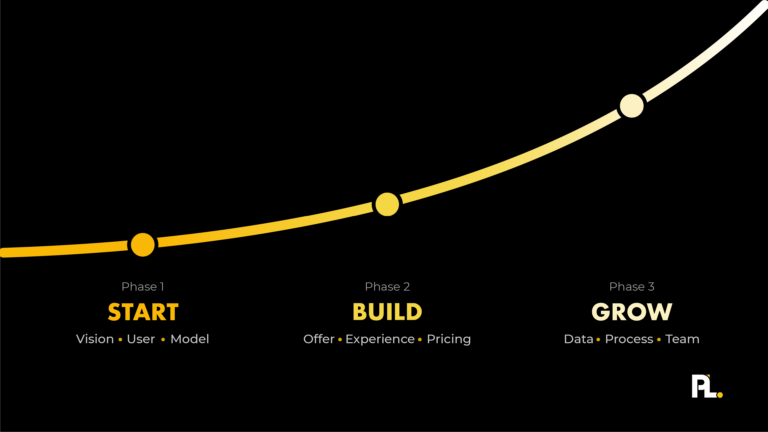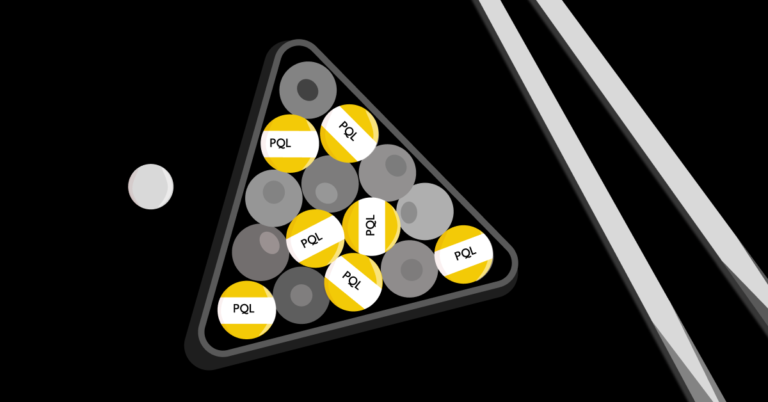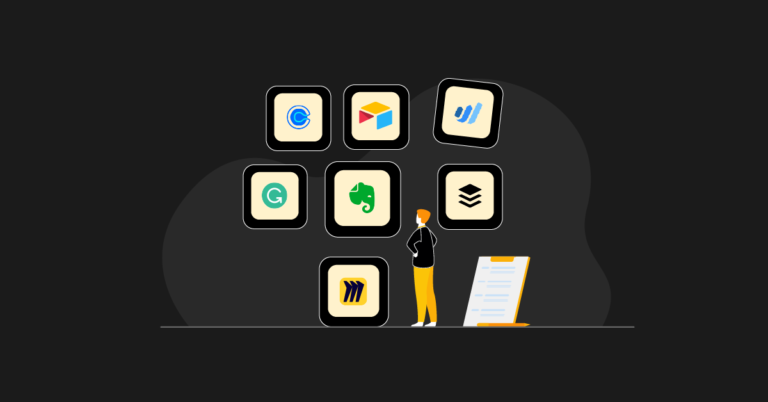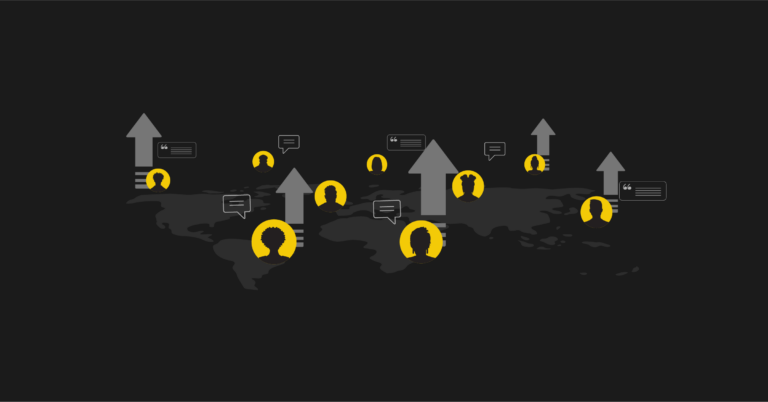To effectively navigate the competitive landscape, it is crucial to understand the concept of bottom-up selling. Bottom-up selling is a sales approach that starts at the individual or department level within an organization, working its way up to higher levels of decision-making.
It differs from top-down selling, which starts at the executive level and trickles down to lower levels of the organization.
This article will explore the power of bottom-up selling, its benefits and drawbacks, and how to implement it in your sales process.
The Bottom-Up Sales Model
The bottom-up sales model involves several key components and steps.
First, sales teams must identify the individual users within an organization who could benefit from their product or service.
Next, they need to understand these users' pain points and challenges. This consideration allows sales teams to tailor their messaging and value proposition to address these needs.
Finally, once individual users understand the product value, sales teams can leverage their success stories to gain buy-in from higher-level decision-makers.
Bottom-Up Marketing Strategy
A bottom-up marketing strategy is a sales approach that focuses on individual users and their needs rather than targeting high-level decision-makers.
Unlike top-down traditional sales techniques, bottom-up marketing strategy starts at the ground level and gradually works its way up the organizational hierarchy. This approach allows sales teams to build relationships with individual users, understand their pain points, and demonstrate the value of their product or service.
Benefits of Bottom-Up Selling
Here's why several product-led growth companies choose to incorporate a bottom-up selling strategy:
Increased Customer Retention
Using a bottom-up selling strategy, you can focus on building customer relationships and understanding their needs. This personalized approach leads to higher customer satisfaction and loyalty, increasing customer retention.
Higher Conversion Rates
Bottom-up selling allows you to tailor your sales process to customers' preferences and pain points. By addressing their specific concerns and offering personalized solutions, you can increase the likelihood of converting leads into customers.
Improved Customer Satisfaction
Bottom-up selling puts the customer at the center of the sales process, prioritizing their needs and preferences. This customer-centric approach increases satisfaction, as customers feel heard and understood throughout the sales journey. Happy customers are likely to become repeat buyers and advocates for your brand.
Drawbacks of Bottom-Up Selling
These drawbacks of the bottom-up model may give you pause when considering implementing this strategy.
Taking Longer to Close Deals
First, it may take longer to close deals than a top-down approach. The reason is the sales process starts with individual customers or small teams, and it can take time to gain buy-in from all stakeholders and decision-makers.
Messaging and Pricing Inconsistencies
Another drawback to bottom-up selling is there may be a need for more consistency in messaging and pricing. With multiple individuals or teams involved in the sales process, there is a higher chance of inconsistencies in how the product or service is presented and the pricing negotiated.
The Strategy Doesn’t Work For Every Industry
A third drawback of bottom-up selling is that it’s only suitable for some industries or products. Some industries or products require a more strategic and top-down approach, where decisions are made at the executive level rather than by individual customers or teams.
Examples of Bottom-Up Sales Model
If you're looking for examples of successful companies that have implemented a bottom-up sales model and achieved significant growth, look no further than Slack, Dropbox, and Zoom.
Slack
Slack, the team collaboration tool, started with a bottom-up approach by targeting individual users who brought the app to their teams and organizations. This grassroots adoption helped Slack quickly gain traction and become a dominant player in the market.
DropBox
Dropbox, the cloud storage provider, also used a bottom-up sales model to achieve its success. By offering a free version of their product to individual users, Dropbox was able to build a large user base. These users then introduced the product to their colleagues and organizations, leading to widespread adoption and significant growth.
Zoom
Zoom, the video conferencing platform, is another example of a company that has leveraged a bottom-up sales model. By offering a free version of their product with limited features, Zoom was able to attract individual users. As these users experienced the value of the product, they then brought it to their teams and organizations, leading to exponential growth.
Top-Down vs. Bottom-Up Sales
Here are the key differences between these growth strategies:
Quick Adoption and Simplicity
Unlike the traditional top-down selling strategy, which may take months or even years to close a sale and understand the product, bottom-up selling strategies focus on quick product adoption and simplicity.
Products like Facebook, Twitter, and Evernote have successfully implemented this approach, creating products that can be quickly adopted in minutes.
Product-Led Go-to-Market Strategy
A bottom-up selling strategy closely aligns with a product-led go-to-market strategy. In other words, the product itself becomes the primary driver of customer acquisition and conversion.
Instead of relying heavily on sales teams, the focus is creating an intuitive, user-friendly product that delivers value from the first interaction.
Revenue Diversity
One of the key benefits of a bottom-up selling strategy is revenue diversity. By attracting a broader market and servicing more customers than competitors with a top-down approach, companies can spread their revenue among many customers. This action reduces the risk of relying heavily on a few large customers and minimizes the impact of losing a single customer on overall revenue.
Are Bottom-Up and Top-Down Sales Mutually Exclusive?
Bottom-up and top-down sales strategies are not mutually exclusive.
While bottom-up selling focuses on individual users, top-down selling targets high-level decision-makers.
These two approaches can coexist within an organization and complement each other.
By utilizing both strategies, sales teams can cover a broader range of potential customers and increase their chances of success. Bottom-up selling can serve as a foundation for building relationships and demonstrating value. In contrast, top-down selling can help gain buy-in from decision-makers and close more significant deals.
Recap on Bottom-Up Selling
The bottom-up sales model is a powerful tool for customer success and business growth. By focusing on individual users and their needs, businesses can create products and services that truly resonate, leading to long-term success and profitability.
To truly understand the needs and preferences of customers, it is essential to embrace a bottom-up approach. By listening to individual users, businesses can tailor their products and services to meet their needs, increasing customer satisfaction and loyalty.
By leveraging the power of bottom-up selling, businesses can also benefit from increased adoption rates, as individual users are more likely to champion a product or service they have personally chosen. This can lead to organic growth and increased market share.
Enhance your product-led knowledge and drive the growth of your SaaS company by leveraging the valuable insights from Wes Bush's bestselling book, “Product-Led Growth: How to Build a Product That Sells Itself.”
Alternatively, if you’d like to work with a coach to implement these components into your business, check out ProductLed Academy.
It’s our intensive coaching program where we’ll help you build a strong foundation for product-led growth so that you can scale faster and with more control.
What’s unique about this program is we’ll work with you and your team to implement the proven ProductLed Method so that you can scale faster with less stress.
We’ll go through everything we went through today with your team to ensure everyone is working on building out solutions that will have an outsized impact.


